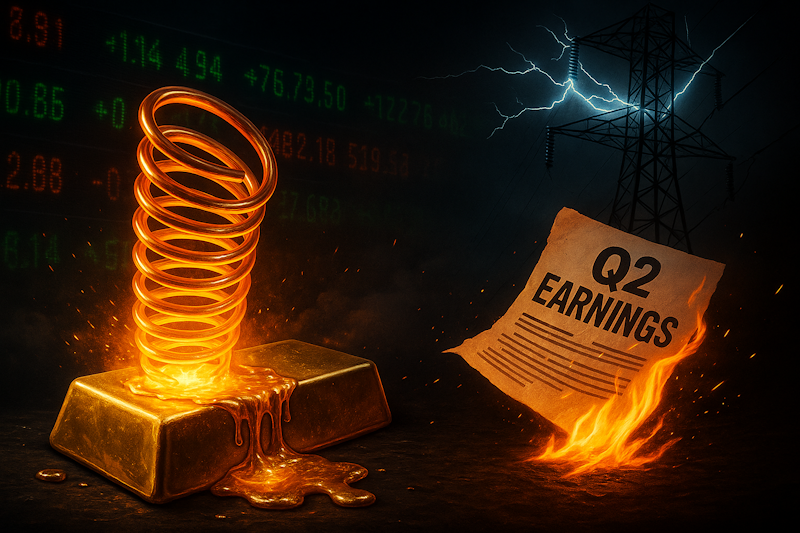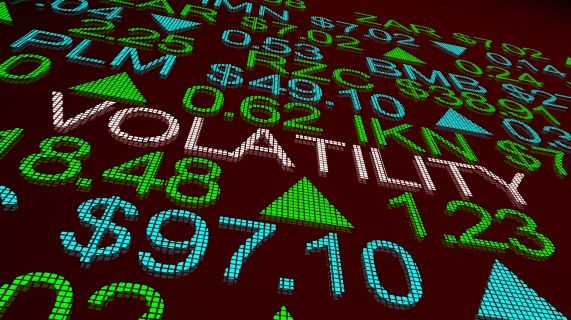Any investment decision boils down to answering the question “how much at what price?”
And over the course of a nearly 30-year career in finance I’ve encountered a lot of ways for coming up with an answer.
Across macro, fundamental, statistical, technical I bet I’ve considered hundreds of techniques.
Some required graduate-level study to acquire. Others I learned through the challenge of working alongside investment professionals at the highest levels of finance. A handful proved inscrutable gobbledygook. And a surprisingly large number took nothing more than hard work and repetition to master.
Now, I would never trust most of these methods, models, processes, or whatever you want to call them on their own. To get comfortable with a decision requires referencing other methods as well. And, at least for me, the more steps I’m forced to take in a decision, the less confident I become in making it.
But that’s not true of them all. Across all the methods I’ve seen, two are so self-contained that I can make decisions based solely on their results.
As far as frameworks go, they stand on their own two feet.
And they can because they plant those feet firmly on assumptions I have come to believe as both simple and true…
A Punch is Just a Punch
Now, when I say simple, I mean it in the way that Bruce Lee describes learning how to punch.
It goes something like this:
At first, you think a punch is just a punch. Then you learn about the jab, straight punch, upper cut, hook, haymaker, etc. and you realize there are a lot of ways to punch. But then once you master punching, a punch is just a punch.
So, when I say simple, it doesn’t mean it didn’t take a lot of work to see those assumptions as such. But, over time, the simple principles at work emerged.
From a simple truth one can build a complete analytical framework for thinking about a stock’s price.
And Elon Musk tweeted about one of those simple truths a couple of weeks ago.
Not Elon Again!
In late May, Elon raised a Twitterati Tempest with the following tweet “some bankruptcies need to happen.” He then followed up that statement later in the thread with “Companies that are inherently negative cash flow (i.e., value destroyers) need to die, so that they stop consuming resources.”
Now, Elon Musk says plenty of stuff I disagree with. I judge his phenomenal financial success has as much to do with government subsidies as brains. But on this score, I gotta say “Amen, my man.”
Not just to the general principle of letting dying companies die. But specifically, the reference to “inherently negative cash flow” and “value destroyers.”
These words are part of the lexicon for a valuation technique called economic profits or economic value add. And while building an economic profit model is far from easy, the basic assumption underlying it is both simple and true.
Value Creators
Economic profits are not accounting profits.
No matter how convoluted the accounting rules, revenues minus expenses say nothing about whether those profits created shareholder value. Accounting rules take a “return-on-money” approach that ignores the opportunity cost of generating those profits.
Economic profits, on the other hand, set a higher bar by insisting on a “return-on-money.”
It acknowledges that the company made investments to produce those profits and that the money spent on those investments comes at a cost. Money from debt has an interest charge. And money from equity must at least outperform what it could have otherwise earned in the stock market (on a risk-adjusted basis, of course).
The assumption of an economic profit valuation framework is that when a company generates cash flow that exceeds both expenses and the cost of capital used to produce it, that company creates value for shareholders. And that economic profit can be used to calculate a fair value for the stock.
I know… a punch is just a punch, right?
Anyway, as far as answering the question “what should a stock’s price be?” the clearest answer to me comes from economic profits.
None of this is to say that economic profits remove all risk from the decision. But because the assumption is so fundamentally true, I can make a confident investment decision with only an economic profit model in hand.
But even when you’re right about what a stock’s price “should” be, the market can take it’s time to get there. And in today’s market, time is not on your side.
On Friday, I’ll show you how I answer the price question over the near term. It’s more like asking the market what it thinks rather than telling it what it should. And it asks that question by assuming that, just like the rest of nature, prices are the result of millions of small-scale, complex process that when aggregated, reveal a simple and fundamental truth.



